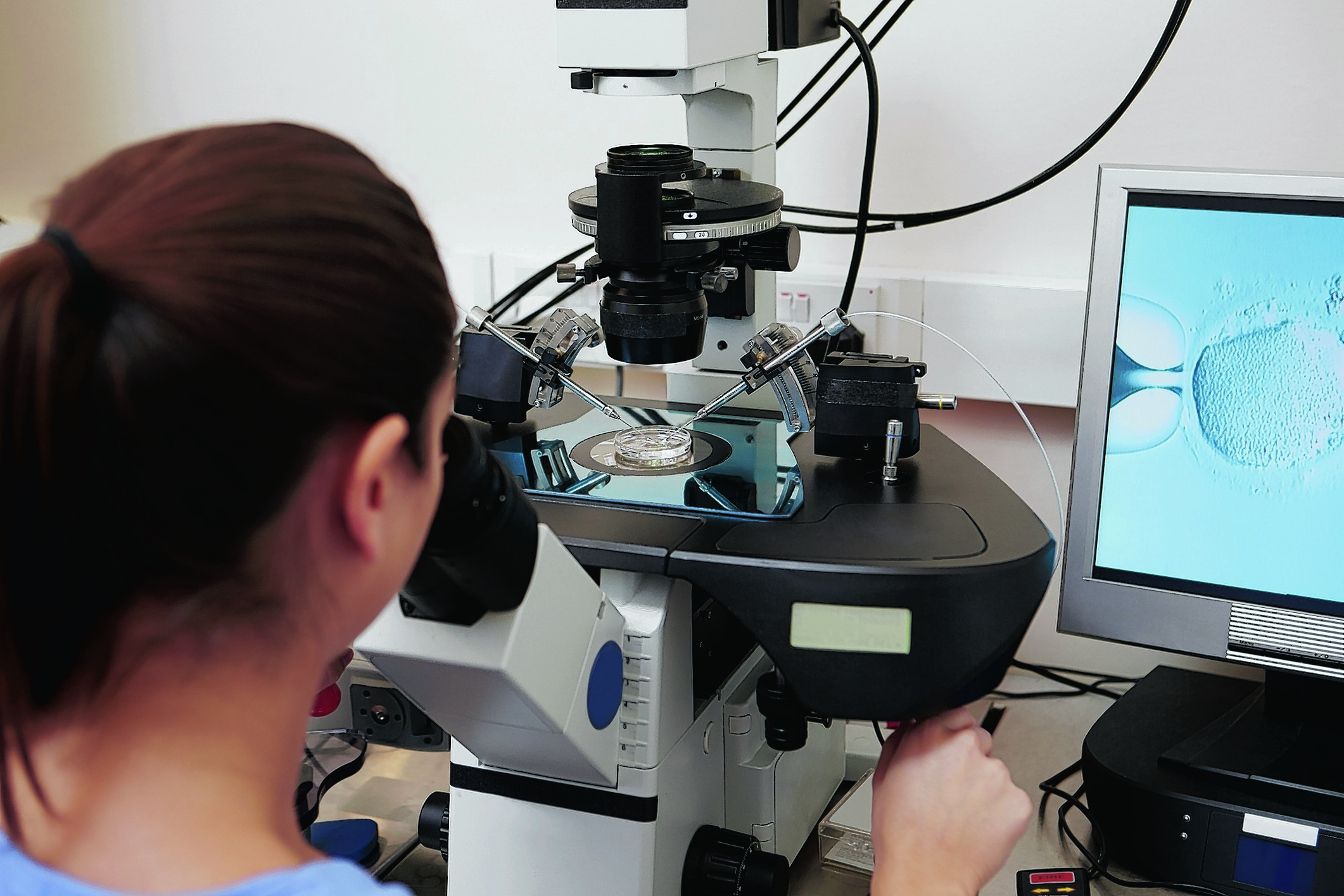The announcement that, in a bid to attract more women to their companies, Facebook will pay up to $20,000 (around £13,000) to freeze eggs for female employees, while Apple will offer the same perk from January, may sound like a fantastic offer – but is this a scheme that’s been properly deliberated?
The thought process behind the plan is that by removing and fertilising eggs from women in their 20s – when they’re all about their careers – they have a better chance of becoming pregnant in their 30s and 40s (when they, apparently, become more about their families).
“Most clinicians would not dispute the fact that egg freezing is one technique that can be added to a range of things to try and help you,” says a spokesperson for the Human Fertilisation and Embryology Authority (HFEA), the statutory body that regulates fertility treatments.
But . . .
“It isn’t necessarily going to be the miracle cure that will offer you the family for certain.”
What is certain though, is that you need to know these egg-freezing facts . . .
:: SUCCESS RATES ARE NOT HIGH
Figures show women who pay thousands to have their eggs frozen at private fertility clinics have an 8% chance of having a baby. According to HFEA figures, just 21 babies were born as a result of 253 fertility cycles between 1991 and 2012. Over the same period, 2,262 women had 20,465 eggs frozen. The HFEA says that although it may be a viable option for some women, the chances of conceiving using frozen eggs is generally lower than using fresh eggs or embryos.
:: IT IS VERY EXPENSIVE
Private clinics typically charge between £5,000 and £6,000 for the harvesting and freezing of eggs. There are then annual storage fees and further costs associated with implanting the thawed eggs.
:: HONESTY IS CRUCIAL
You need to talk frankly to your clinician. Before you agree to the freezing and storage of your eggs, your clinician will explain the process involved, including the risks. Your clinic should also offer you the opportunity to discuss your feelings and any concerns with a specialist counsellor. You will be screened for infectious diseases.
:: YOU WILL NEED TO TOUGHEN UP
Treatment can be unpleasant. You will be given fertility drugs for around 10 days to stimulate the ovaries to generate healthy egg production. Side effects can include hot flushes, restlessness, headaches and irritation.
The procedure to remove the eggs takes around 15 to 20 minutes under sedation. The embryologist will collect around 10-12 eggs using a fine needle which is inserted via the vagina into the ovaries to lift out the eggs. Eggs are stored for up to 10 years.
:: RESEARCH IS ESSENTIAL
Do your own research into a suitable clinic. Critics including Lord Winston, the fertility expert and broadcaster, have said that women who choose to freeze their eggs for social rather than health reasons are just as likely to get pregnant naturally, and that private clinics play on the emotions of women for profit.
:: IMPROVEMENTS ARE ON THEIR WAY
Historically, egg freezing had limited success because ice crystals can form inside the eggs and damage the structure. A new method of storage called vitrification has recently been shown to improve the chance of eggs surviving.
WHAT ELSE DO THE EXPERTS SAY?
A spokesperson for HFEA, says: “The IVF sector has developed rapidly over the last 30 years and all these new technologies are, in principle, welcomed where they are seen to be helping people having their longed-for families in a way that they were unable to previously.
“But the reality is that there is no guarantee in any fertility treatment, and people need to be aware before they enter this process that this is not a sure-fire guarantee for having a family.
“As long as women are aware of that, and have done their own research, these are all wonderful techniques that can help towards having that family, but don’t go into it thinking that it’s a guarantee.”
